
Banana Blossom: Health Benefits, Recipes, and Traditional Uses
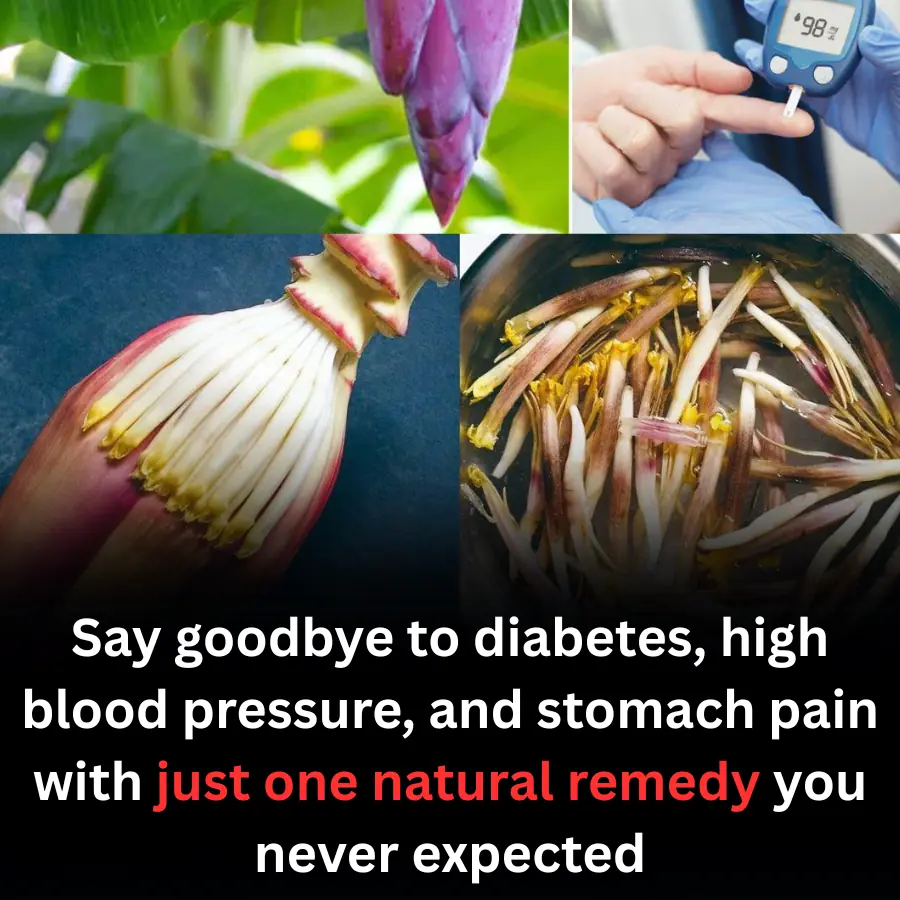
1. What Is a Banana Blossom?
The banana blossom, also known as banana heart, is the large, purple-red, teardrop-shaped flower that grows at the end of a banana fruit cluster. Inside, it has tightly packed, cream-colored florets that can be eaten raw or cooked. In many Asian cuisines — particularly in Vietnam, Thailand, India, and the Philippines — it’s considered both a vegetable and a traditional medicine.
People often boil or sauté banana blossoms, use them in soups, salads, or curries, and even dry them for tea or powder supplements. The flavor is slightly bitter and nutty, similar to artichokes.
2. Nutritional Composition
Banana blossoms are nutrient-dense but low in calories. According to nutritional analyses, 100 grams of banana blossom contain:
-
Calories: ~50 kcal
-
Protein: 1.5–2.5 g
-
Fiber: 4–5 g
-
Carbohydrates: 8–9 g
-
Fat: <1 g
-
Vitamins: C, E, A, and several B vitamins (especially B6 and niacin)
-
Minerals: Iron, potassium, calcium, magnesium, phosphorus, and copper
-
Phytochemicals: Flavonoids, tannins, phenolic acids, and antioxidants
These compounds form the basis for the plant’s potential health benefits.
3. Claimed Benefits — What Science Says
Let’s break down each of the health claims mentioned in the image — diabetes, high blood pressure, and stomach pain — and see how banana blossoms may play a role.
A. Blood Sugar Control (Diabetes)
Banana blossoms have natural dietary fiber and polyphenols that can help slow down the absorption of sugar from food. Some early research suggests:
-
Fiber-rich foods like banana blossom can delay gastric emptying, leading to a slower rise in blood glucose after meals.
-
The antioxidants present — especially tannins and flavonoids — help reduce oxidative stress, which plays a key role in insulin resistance.
-
In traditional medicine, banana flower tea is consumed to support glucose balance.
However, scientific evidence is still preliminary. There are no large human trials proving banana blossom can directly cure or treat diabetes. It may support diabetic management as part of a balanced diet, not replace medication.
B. Blood Pressure Regulation
Banana blossoms are naturally rich in potassium and low in sodium — a combination known to support healthy blood pressure. Potassium helps balance fluid levels in the body and eases tension in blood vessel walls.
Moreover, banana blossom’s antioxidant content may help protect blood vessels from inflammation and oxidative damage, further supporting heart health.
Still, as with diabetes, there’s no clinical evidence that eating banana blossoms alone can “cure” hypertension. It can be part of a heart-healthy diet — similar to how bananas and leafy greens are encouraged — but not a medical treatment.
C. Digestive Health and Stomach Pain
This is one of the best-supported traditional uses of banana blossoms.
-
The high fiber content helps regulate bowel movements and improve gut motility.
-
Its tannins and polyphenols have mild anti-inflammatory and antimicrobial effects, which can help soothe gastritis or mild stomach discomfort.
-
In Ayurveda and traditional Southeast Asian medicine, banana blossoms are used for indigestion, bloating, and ulcers, often boiled or eaten as soup.
So yes — banana blossoms can help with mild stomach issues due to their soothing and fiber-rich nature. But if the pain is from ulcers, infection, or acid reflux, professional diagnosis is still essential.
4. Other Health Benefits
Beyond those in the image, banana blossoms have several additional potential health effects.
1. Improves Lactation
In traditional medicine, especially in South India and Southeast Asia, banana flower soup is recommended for breastfeeding mothers. The combination of natural iron, potassium, and fiber is believed to enhance milk production and nourish both mother and child. Some small studies have observed mild galactagogue effects, but again — evidence is anecdotal.
2. Menstrual Health Support
Banana blossoms are said to reduce excessive menstrual bleeding due to their natural flavonoids and iron content, which help in blood formation and hormone regulation. Some Ayurvedic texts describe banana flower curry with buttermilk as a remedy for painful or irregular periods.
3. Rich in Antioxidants
Banana blossoms contain compounds like quercetin, catechin, and epigallocatechin gallate (EGCG) — powerful antioxidants that protect cells from damage. These compounds can help reduce inflammation and may lower the risk of chronic diseases like cancer and heart disease.
4. Supports Weight Management
High fiber + low calories = an excellent food for those looking to manage weight. Banana blossoms promote fullness, reducing overall food intake, and help regulate fat metabolism.
5. Boosts Immunity
Vitamin C, along with bioactive plant compounds, strengthens immune response and may improve resistance to infections.
6. Promotes Skin and Hair Health
Antioxidants and vitamin E in banana blossoms can support collagen production, keeping skin youthful and hair strong. Some people use banana blossom water as a mild rinse for scalp health.
5. How to Use Banana Blossom Safely
1. As Food
-
Boiled: Peel off the purple outer layers, take the white florets, and boil for 15–20 minutes.
-
In salads or soups: Add cooked florets to salads, soups, or stir-fries.
-
As tea: Dried banana blossom can be steeped in hot water for a mild herbal tea.
2. As Supplement
-
Banana blossom extract is available in powder or capsule form. However, choose reputable brands and check for safety certifications.
3. Frequency
-
Eating banana blossoms 2–3 times per week is considered safe for most people.
6. Safety Precautions
Although banana blossom is natural, there are some important warnings:
-
Not a cure: It can help manage symptoms or support health, but cannot replace prescribed medications for diabetes or hypertension.
-
Possible allergies: Some people may experience mild itching or throat irritation after eating it.
-
Pregnancy caution: While eaten safely in food amounts, pregnant women should avoid concentrated extracts unless approved by a doctor.
-
Overconsumption: Too much fiber may cause bloating or gas.
Always wash and cook the blossoms properly to remove any natural bitterness and sap residues.
7. Realistic Expectations
The image’s statement — “Say goodbye to diabetes, high blood pressure, and stomach pain with just one natural remedy” — is overstated. Banana blossom isn’t a miracle cure. What it can do, however, is support the body naturally through its:
-
High fiber (regulates blood sugar and digestion)
-
Potassium (supports heart health and blood pressure)
-
Antioxidants (fight inflammation and oxidative stress)
-
Vitamins and minerals (enhance immunity and energy)
When combined with a balanced diet, regular exercise, hydration, and proper medical care, banana blossoms can be an excellent addition to a holistic wellness routine.
8. Practical Recipe: Banana Blossom Soup for Wellness
Ingredients:
-
1 banana blossom
-
1 liter of water
-
2 cloves garlic
-
1 small onion
-
A pinch of salt
-
Optional: turmeric or ginger
Instructions:
-
Peel off the purple layers and slice the inner florets. Soak them in salt water for 10 minutes to remove sap.
-
Boil water, add the garlic, onion, and florets.
-
Simmer for 20 minutes until soft.
-
Add salt, and drink warm as a light detox soup.
Benefits: Helps digestion, provides potassium, and may mildly balance blood sugar.
9. The Bottom Line
The banana blossom is not a magical cure for serious diseases, but it’s a nutrient-rich, functional food with real health potential. Its fiber, antioxidants, and minerals make it beneficial for digestion, blood pressure, and metabolic support.
Use it as part of a healthy lifestyle — not as a replacement for medical treatment. Nature provides incredible ingredients, but balance and moderation remain the keys to true healing.
News in the same category

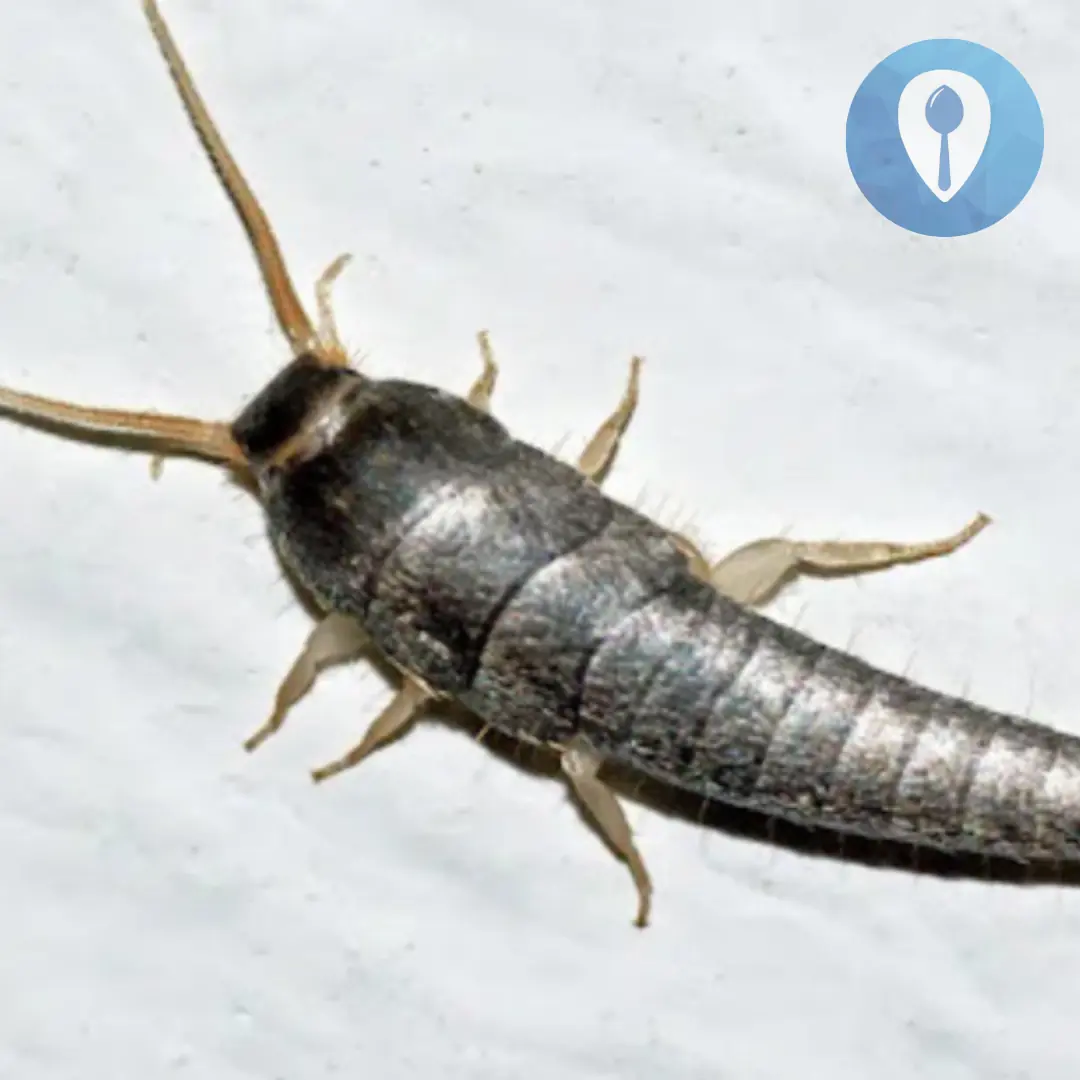
If You Find This Insect in Your Home, Here’s What It Means

Doctors Reveals That Eating Apples Causes

What are the health consequences of dehydration?

Heartbreaking but Important: Subtle Signs Your Dog May Be Nearing the End of Life
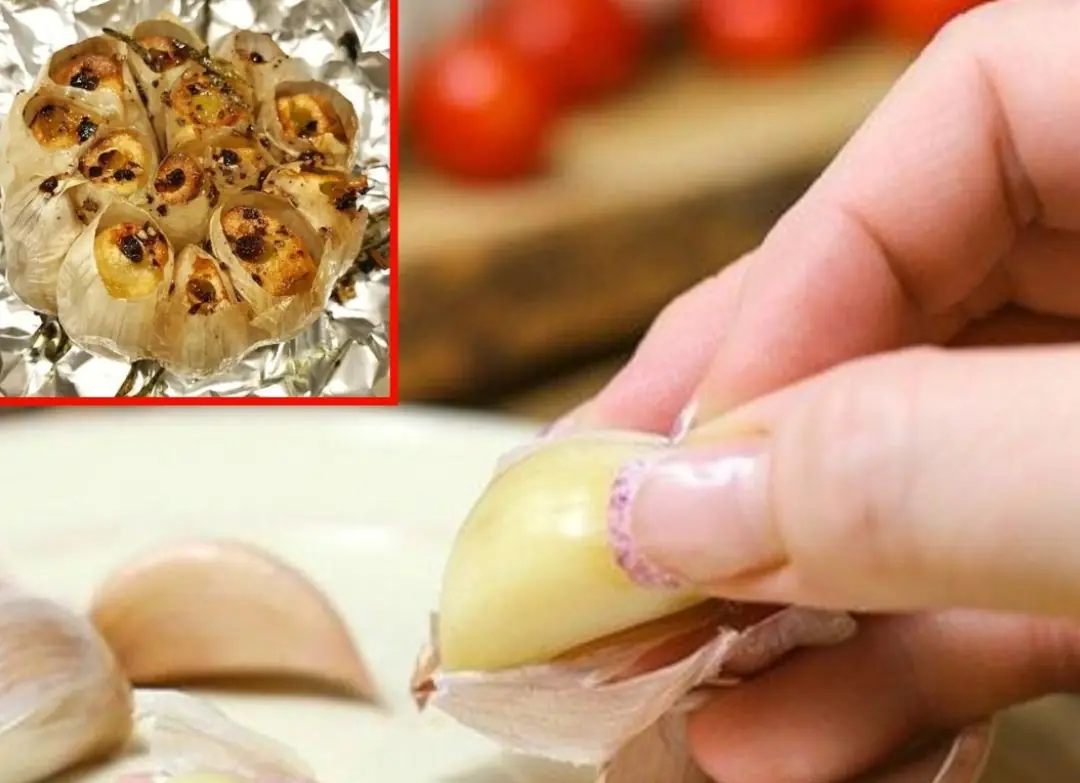
Put a piece of garlic in the middle of the tree, it has great uses, everyone will want to do it

Save a Ton of Electricity Just by Pressing One “Special” Button on Your Washing Machine — Many People Use It for Years Without Knowing

Why Do Flight Attendants Choose to Stay at a Hotel Instead of Going Straight Home After Landing?

Cardiologist answers questions about clip instructing stroke check with finger that has millions of views on social networks

Many people think it's for decoration!

What it says about your relationship when your partner sleeps with their back to you

When Someone in the Family Passes Away, Never Throw Away These 4 Things at Their Funeral
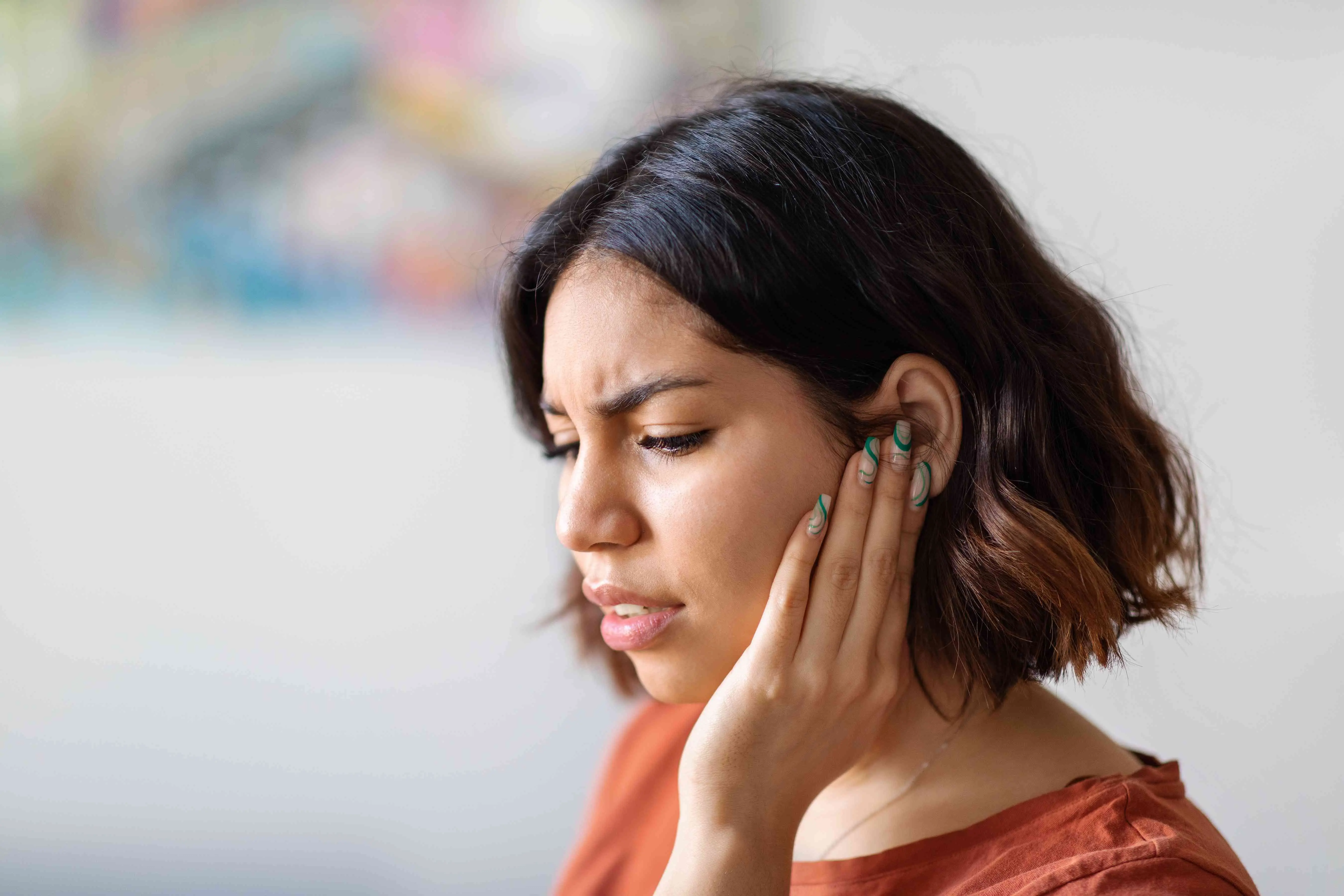
If you hear ringing in your ear, this is a sign that you will suffer from...

When a cat rubs against you, this is what it means

Why do dogs often chase strangers
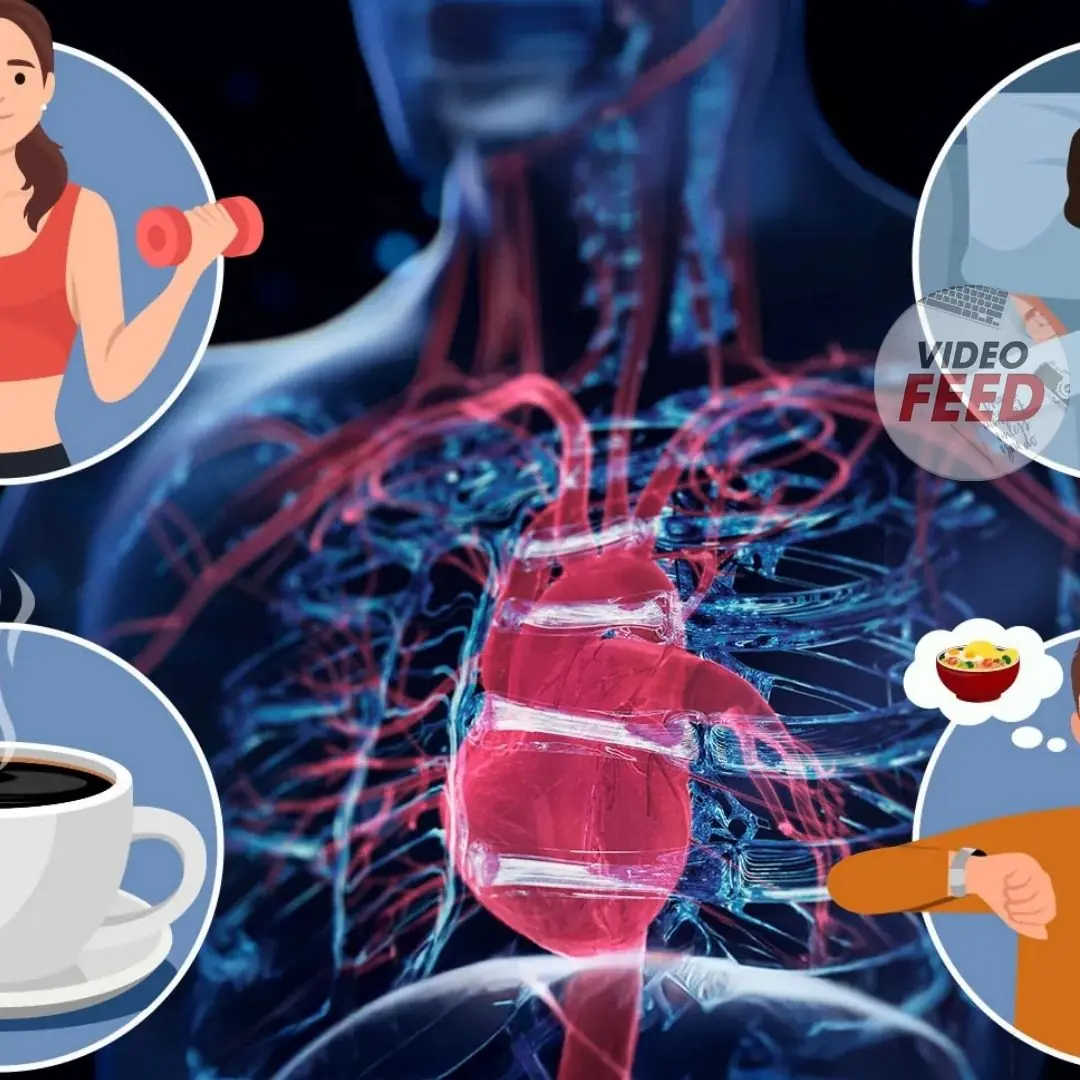
5 bad habits that increase the risk of str.oke at night

The Silent Mystery of Seat 11A: From the Most Hated Spot to a “Lucky Charm” That Saved the Only Survivors of Two Air Disasters
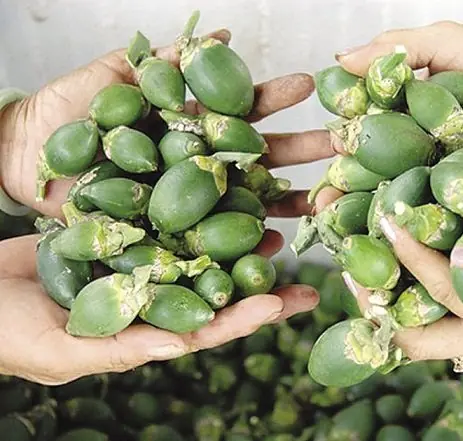
Doctor’s note: 4 fruits you should limit due to potential health risks, even if they seem affordable.

How dangerous are scratches on non-stick pans?
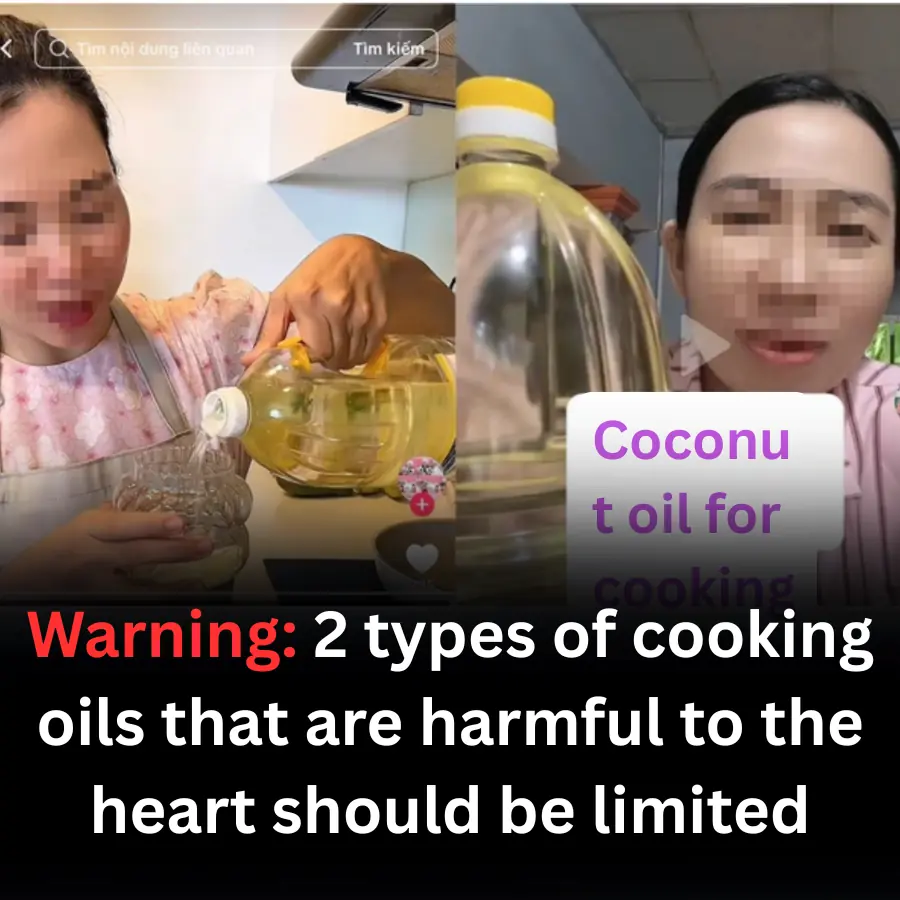
Warning: 2 types of cooking oils that are harmful to the heart should be limited
News Post

If You Notice These Two Little Holes on Your Back, It Means You’re Not… Tap to Discover

Great effects of rice water you should not miss

Warning: Pain in These Three Areas May Be an Early Sign of Lung Can.cer
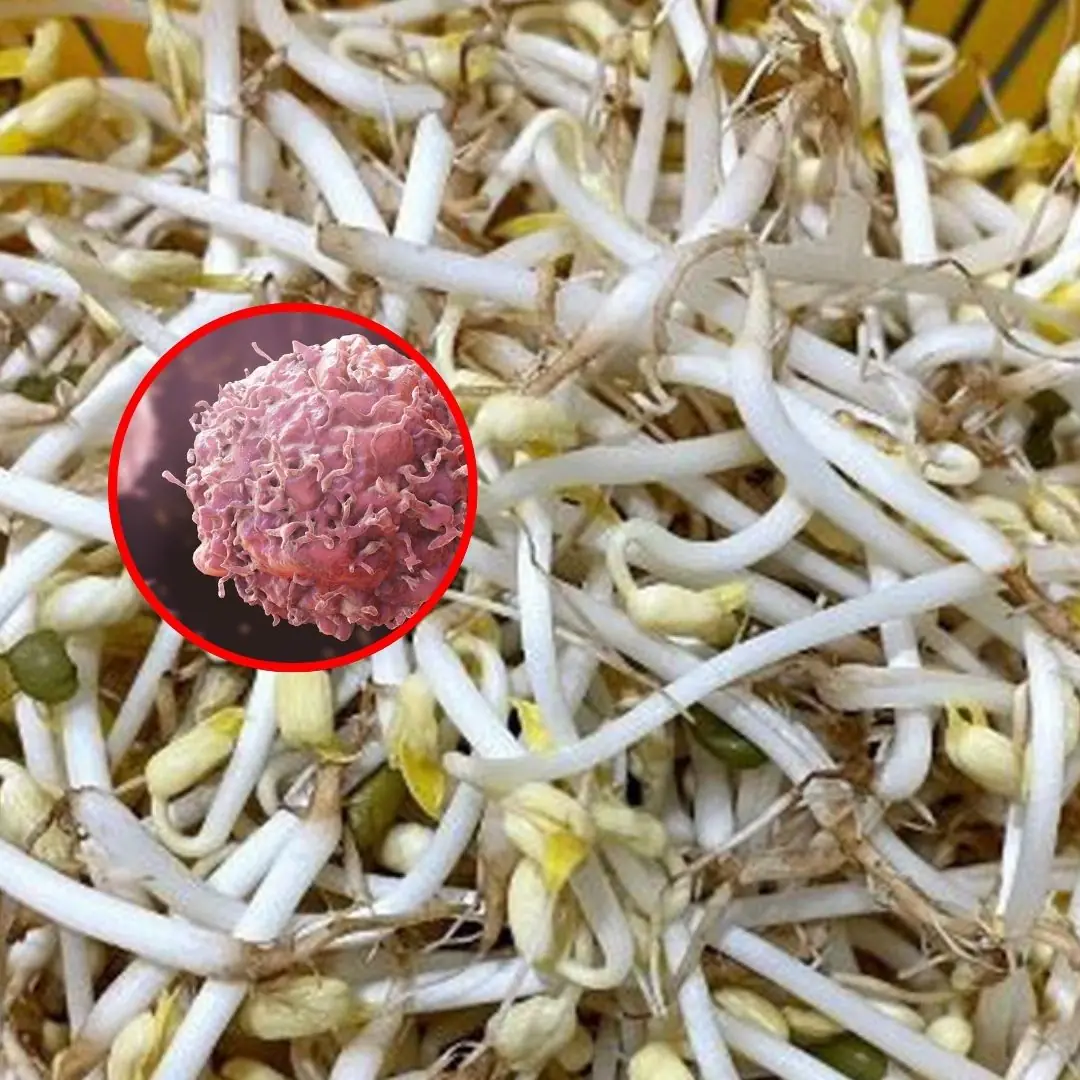
Vegetables listed as ca:ncer - causing that many people still eat, should be stopped immediately

If You Find This Insect in Your Home, Here’s What It Means

Tomato Basil Bruschetta

Mediterranean Tortellini Pasta Salad

Swollen Feet? Don’t Ignore This Clear Red Flag — Here’s What It Really Means

Doctors Reveals That Eating Apples Causes

How to Deep-Clean Bed Pillows and Restore Them to Cloud-Like Freshness—Naturally

Why You Keep Waking Up Between 3 and 4 AM - 4 Health Issues Your Body May Be Signaling

Indoor Air Quality: 6 Common Household Items That May Affect Your Lungs — And How to Use Them Safely

What are the health consequences of dehydration?

5 common mistakes when using yogurt that can be harmful to your health that you may not know

Scientists May Have Actually Found One Of The Causes Of Autism
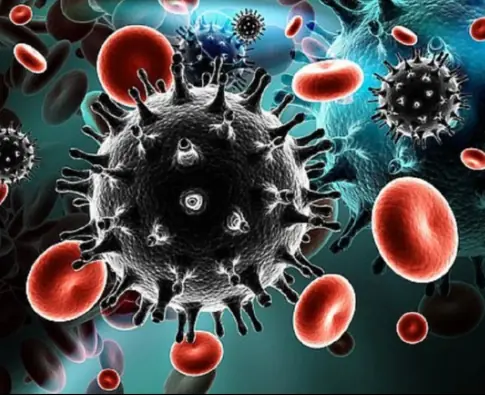
Itching in 9 Areas: A Warning Sign of Malignant Tumors, Number 7 Is the Most Common
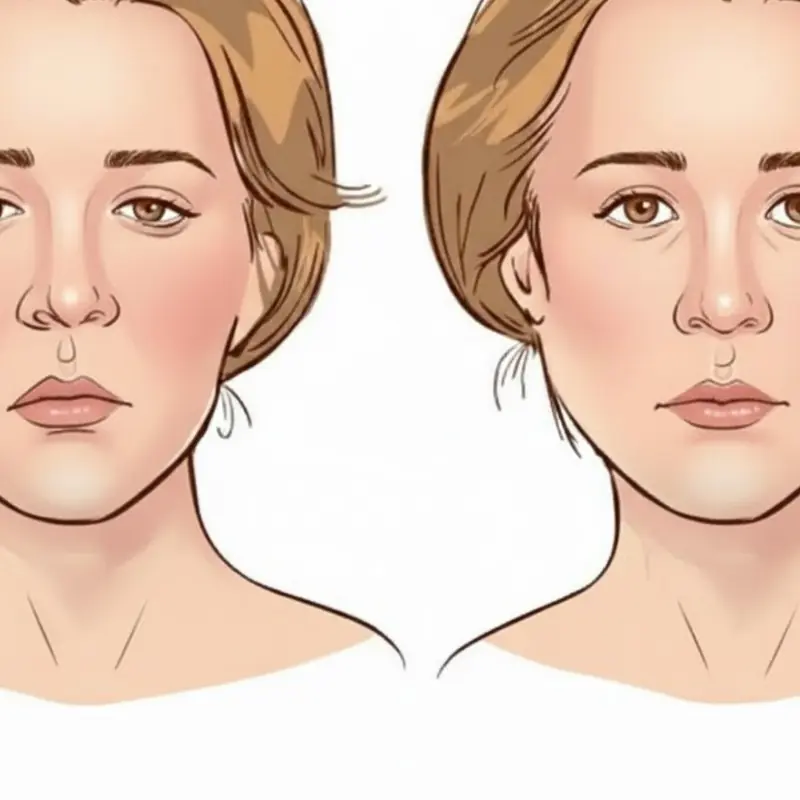
Doctors Warn: Stroke May Present a Subtle Early Sign Up to Three Months Before It Occurs
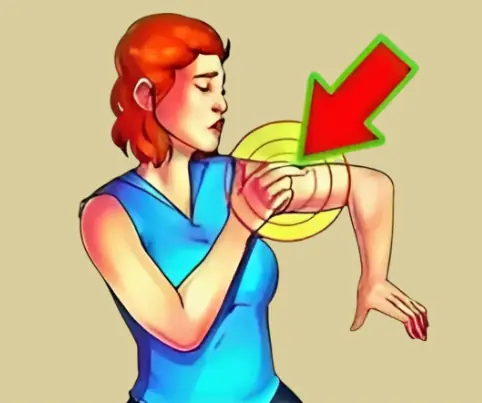
7 Signs of Mini Stroke in The Elderly

8 Early Warning Signs Of Ovarian Can:cer You Shouldn’t Ignore
